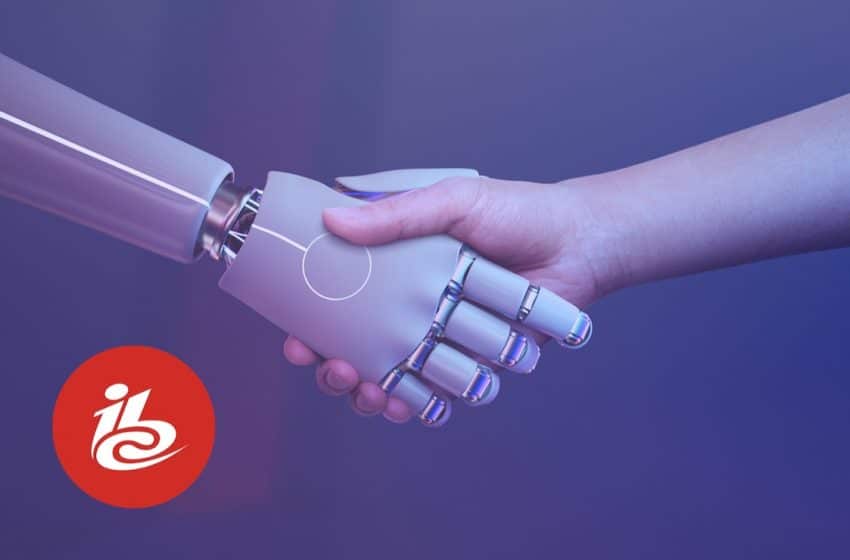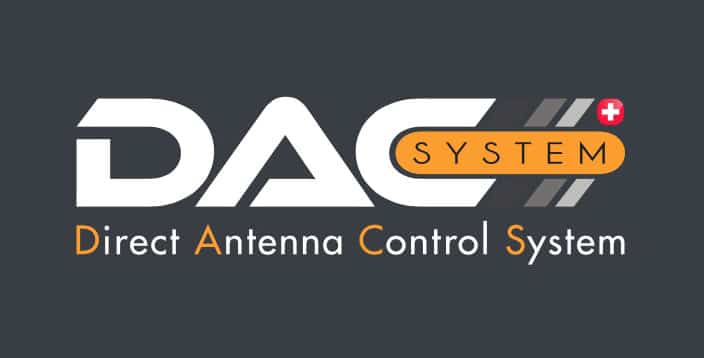
AMSTERDAM — “Reconnect” was the central theme that pulsed through exhibitors and attendees at IBC2022, which took place Sept. 9–12 and according to organizers, attracted 37,071 visitors from 170 countries.
As the RedTech team took to the floor and spoke with attendees, speakers, clients and other exhibitors within the broadcast radio and digital audio industry, we tapped into an air of celebration at the opportunity to reconnect in person after a two-year forced hiatus because of COVID.
We asked everyone the same two questions: How have the last two years been since the previous in-person IBC, and how has this year’s event measured up?
The operational pressures of the COVID restrictions forced some companies to re-evaluate their priorities, abandoning projects or shedding staff to stay afloat. For others, the forced break from person-to-person connections presented a space to breathe and reset.
Opportunity
But others saw an opportunity or need to reinvent their products and services and reached out to forge new partnerships. It was clear that returning to IBC; they were not simply picking up where they had left off. Things had changed.
One of the most significant issues for those manufacturing hardware was the fallout from the unfolding global geopolitical tensions squeezing component production and distribution. We heard harrowing tales of frantic bidding for chips and sourcing components through grey markets to feed a hungry industry emerging from inertia. But for some, geopolitical disruptions had swung the spotlight onto their solutions. Those that offered improved performance with lower energy costs seemed at the top of shopping lists.
If the past two years had accelerated anything, it was the shift to digital. The need for remote radio production thrust open the field for players who, pre-COVID, were sitting on the sidelines of radio broadcast technology. Products and services online and in the cloud are leading the shifts in radio and audio.
The sense of shifts meant IBC2022 attendees were eager for feedback. Two presentations were important in this respect: Digital Radio Mondiale and WorldDAB. Both pointed to exciting developments in digital radio, not only in coverage but in consumer uptake. DRM provided encouraging feedback on tests in India, Australia, Denmark and the Czech Republic, and introduced a range of increasingly affordable receivers that widened the scope of broadcast reach.
WorldDAB showed how radio’s future looks certain within cars, but in exciting, new ways with greater demand on broadcasters to think beyond purely audio. It also showed how small-scale DAB projects are giving a voice to communities locked out of the FM spectrum and helping create a new broadcast ecosystem. It became clear that with a limited budget but a good understanding of IT and IP, communities can get on the air and do what radio is supposed to do: connect people.
Significant shifts
The spectrum of digital radio and audio production at IBC2022 was eye-opening. At the one end, we heard how AI in audio is giving a voice to a metaverse avatar of popular American broadcaster Ryan Seacrest, and at the other, how a simple DAB setup is helping celebrate the African and Caribbean cultures in the United Kingdom city of Bristol.
Amidst the smiles and shaking hands of those reconnecting at IBC2022, there was a combination of relief, awareness and anticipation — relief that the last two years are behind us, awareness of significant shifts in our industry, and anticipation for what those shifts will bring.
Whatever that will be, RedTech will be here to inform you about it, connect those making it happen, and exchange the insights behind it.
IBC2023 will be held from Sept. 15–18 at the RAI Convention Centre in Amsterdam.


















